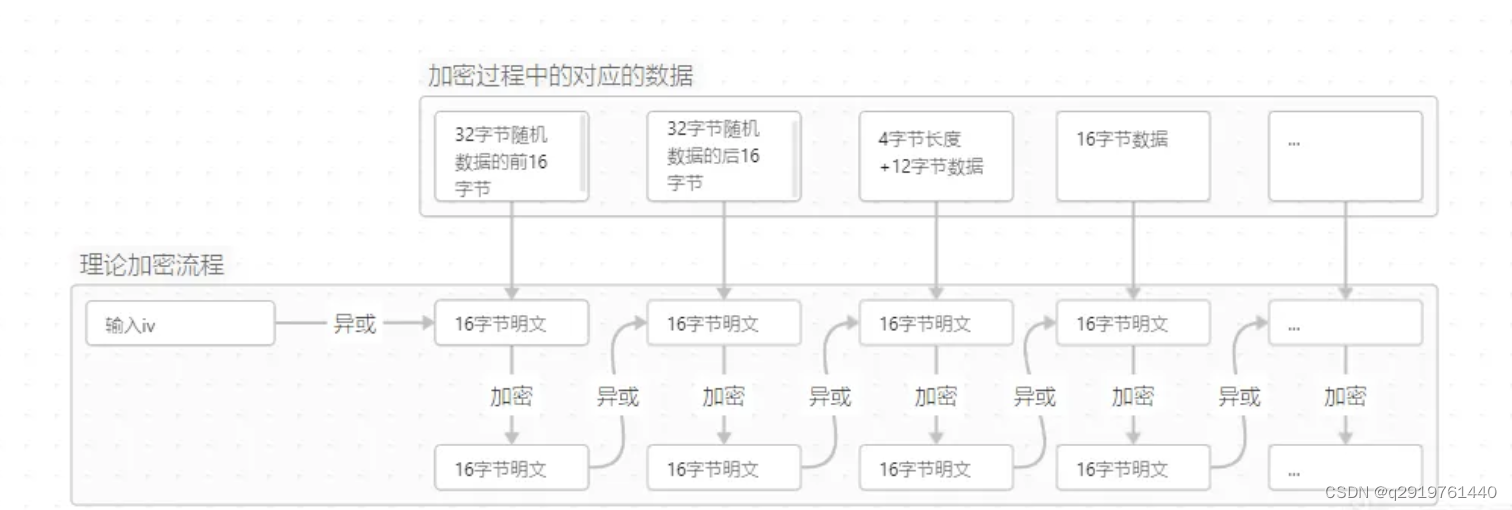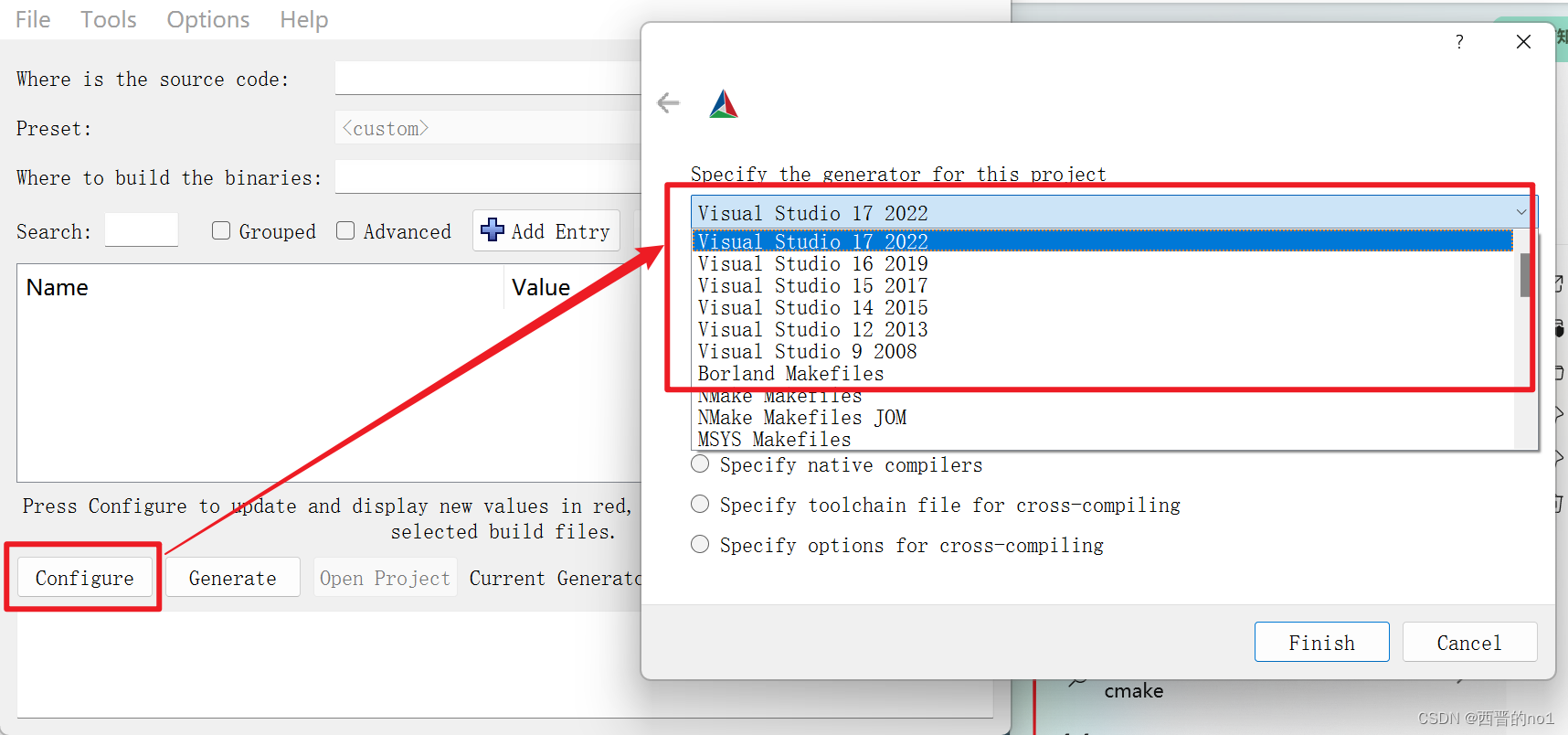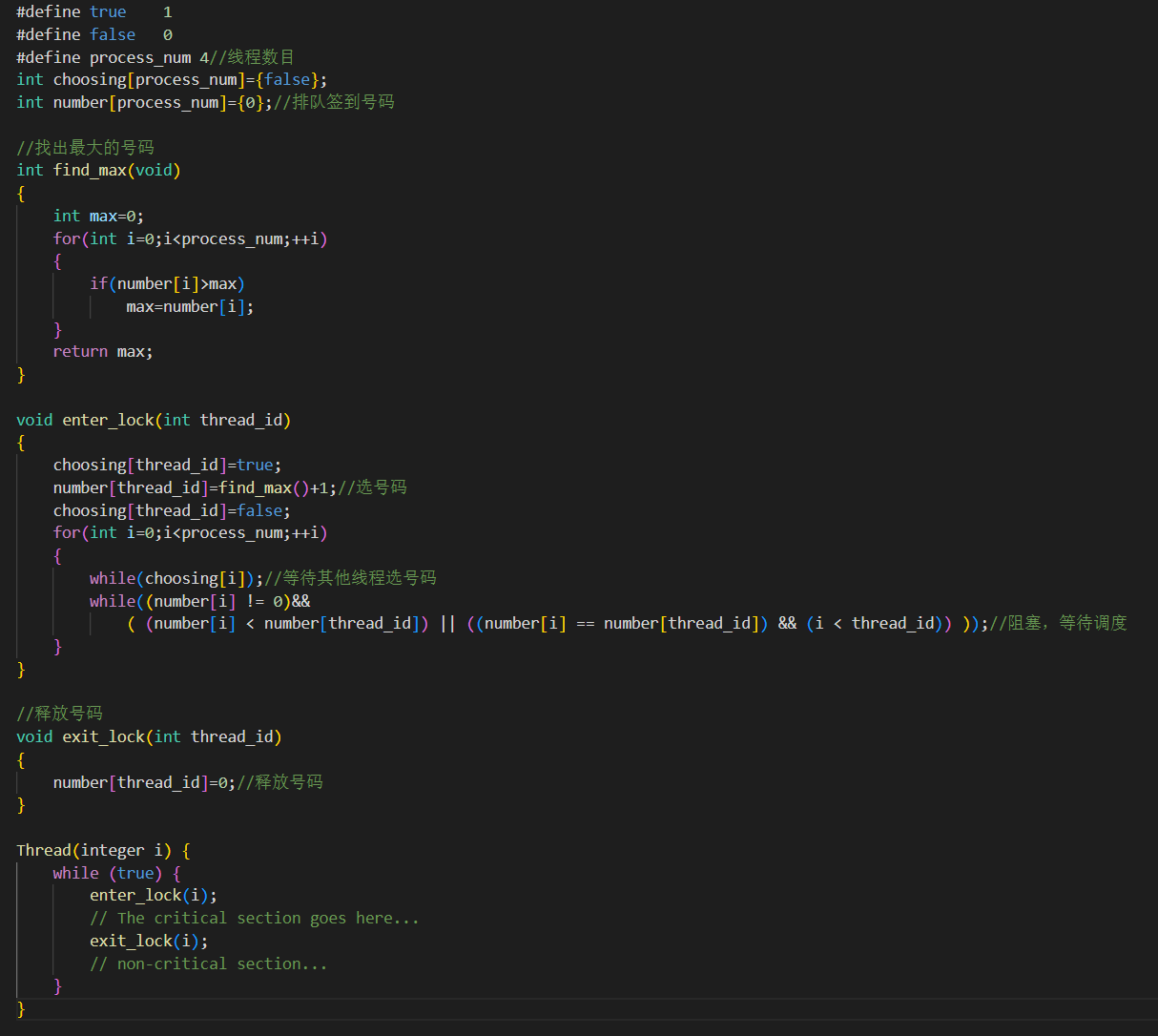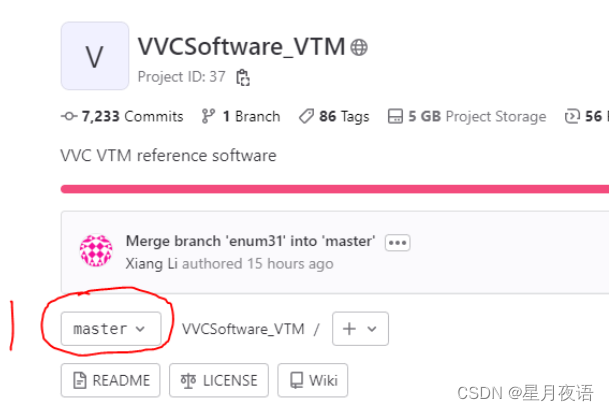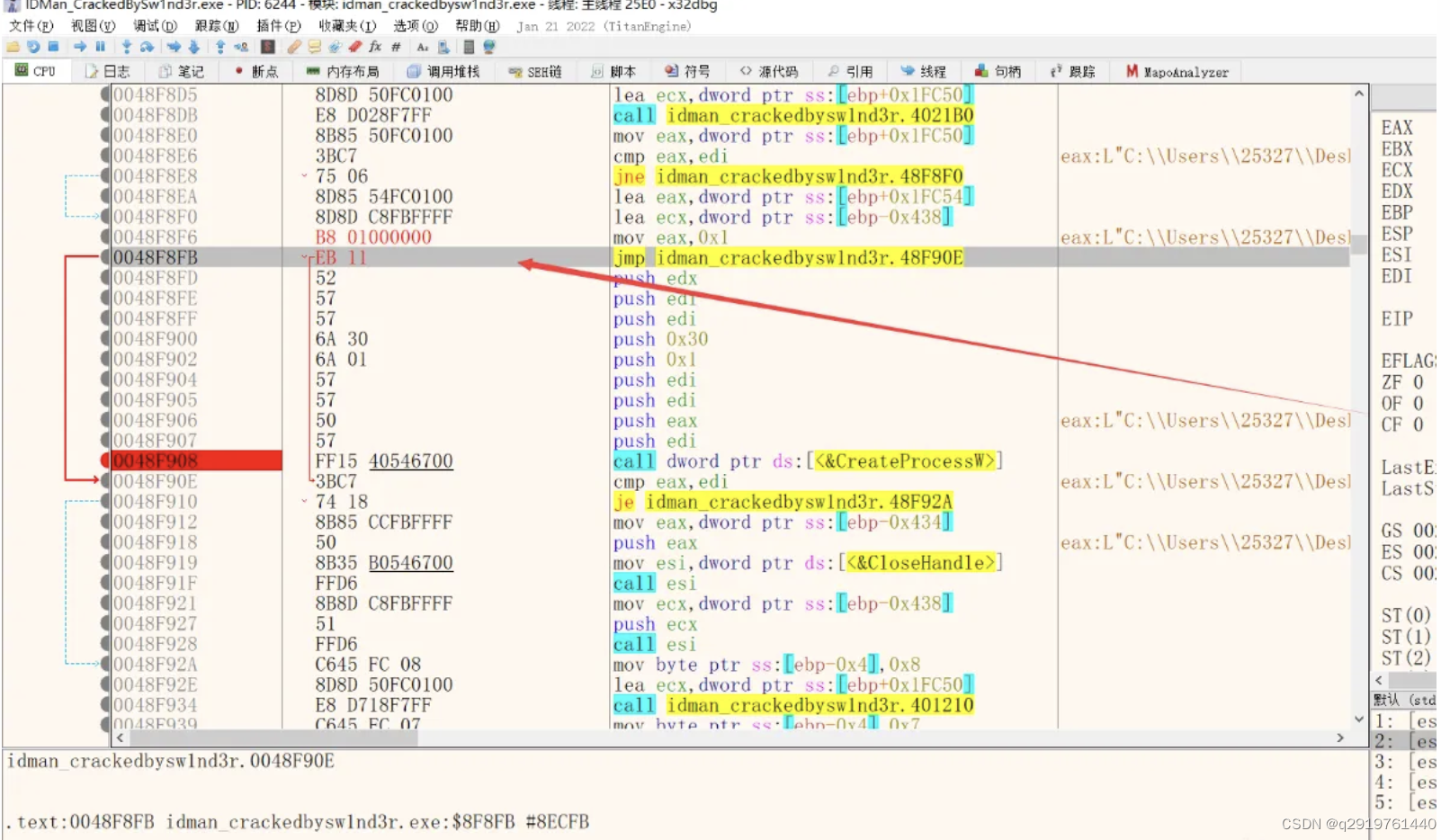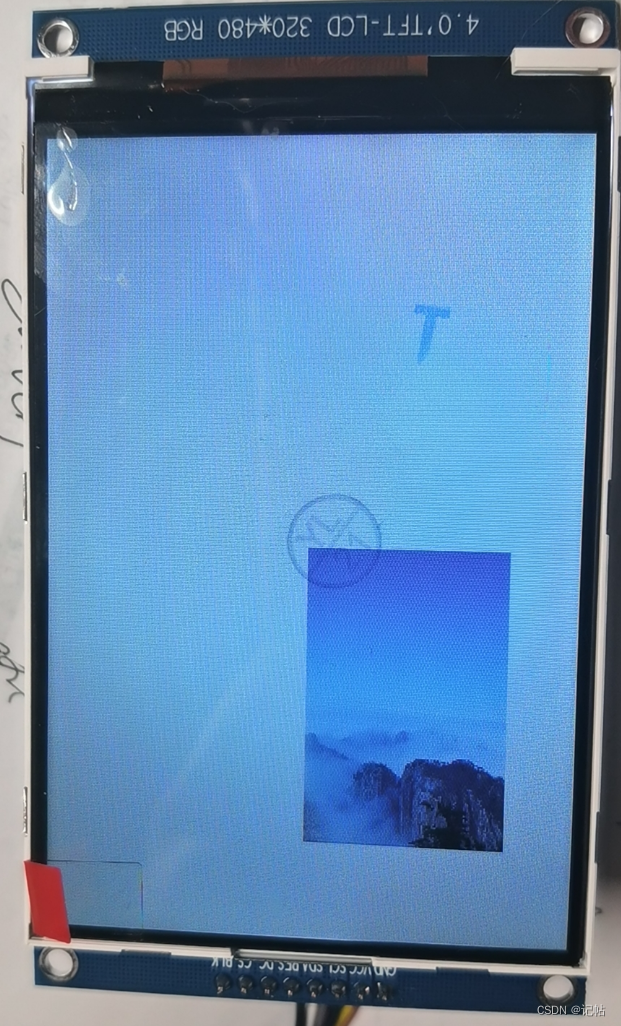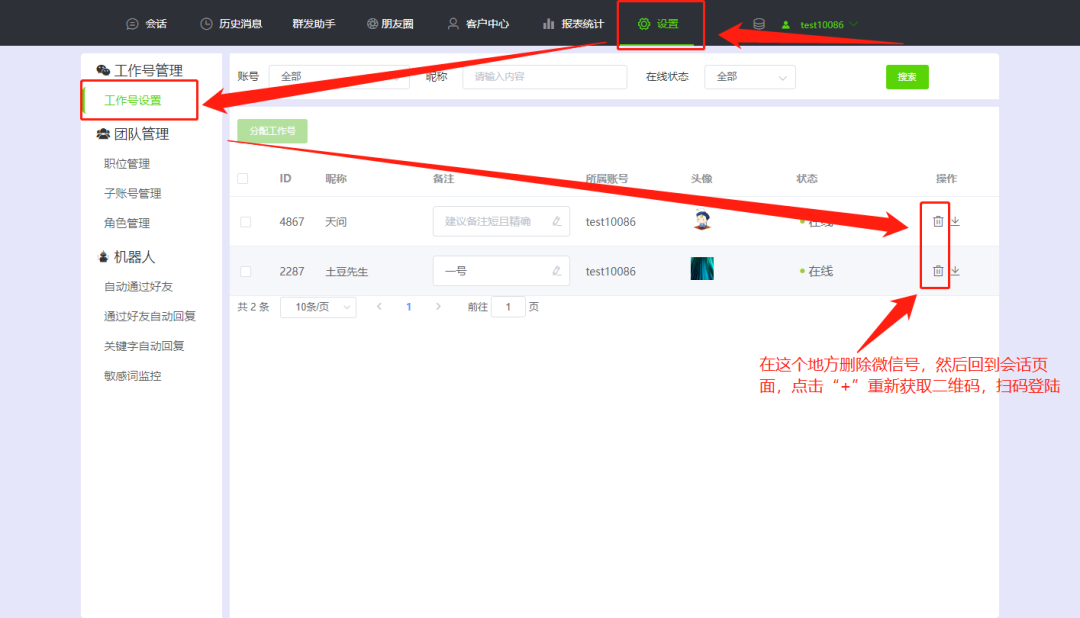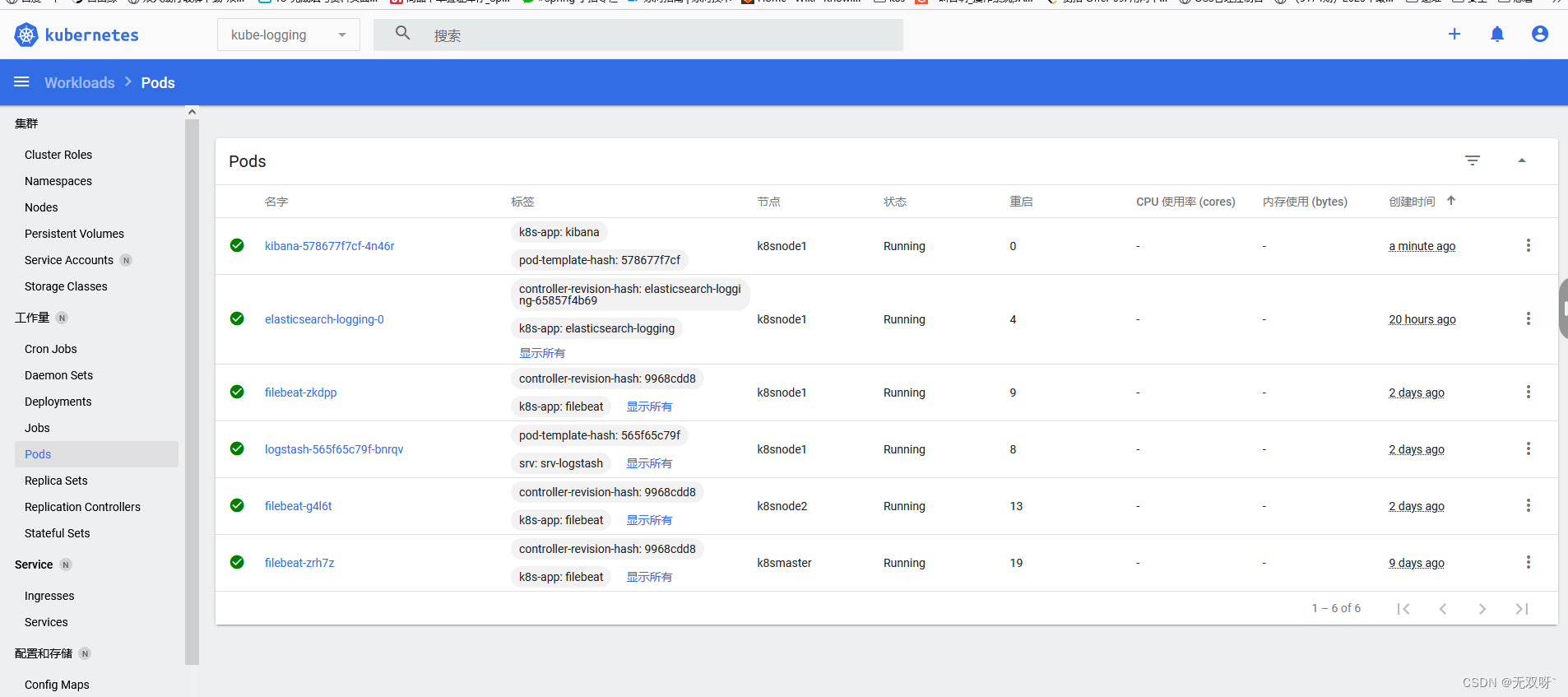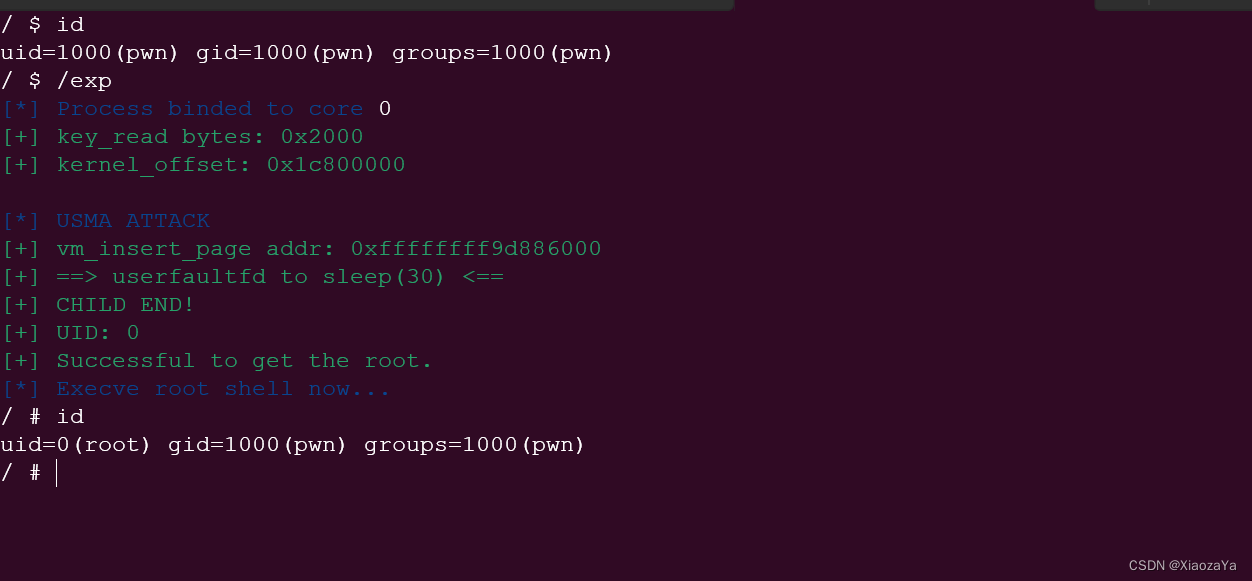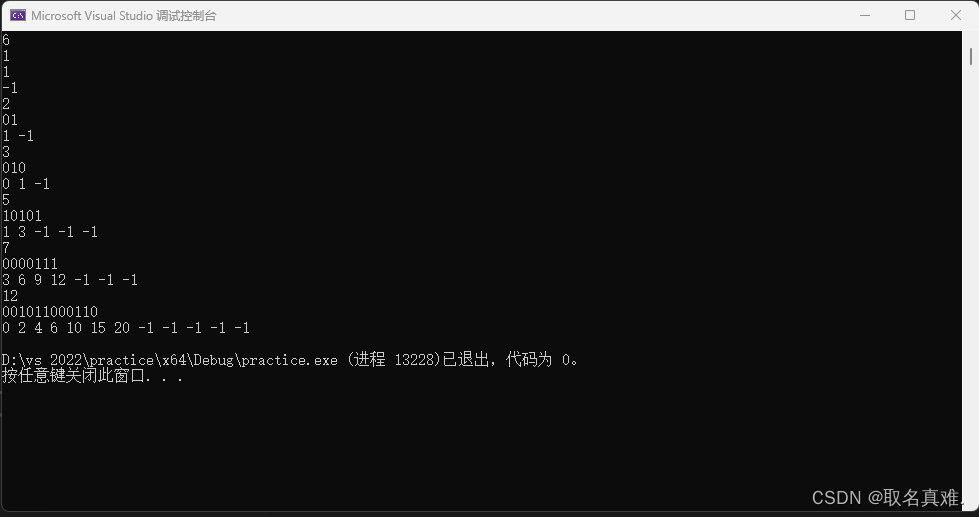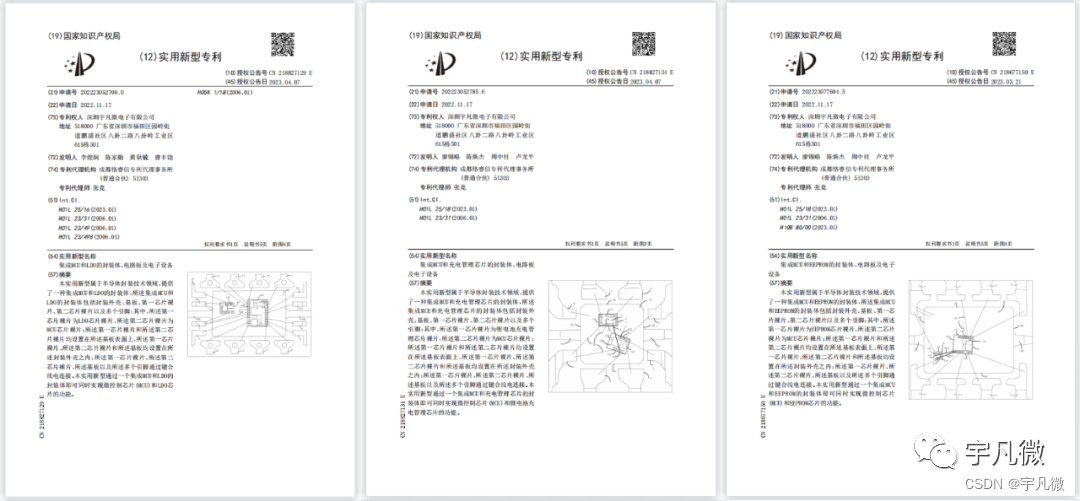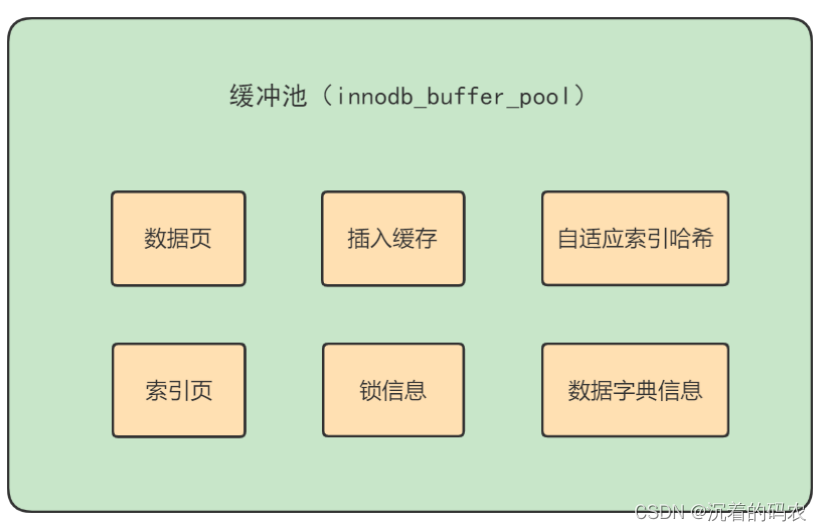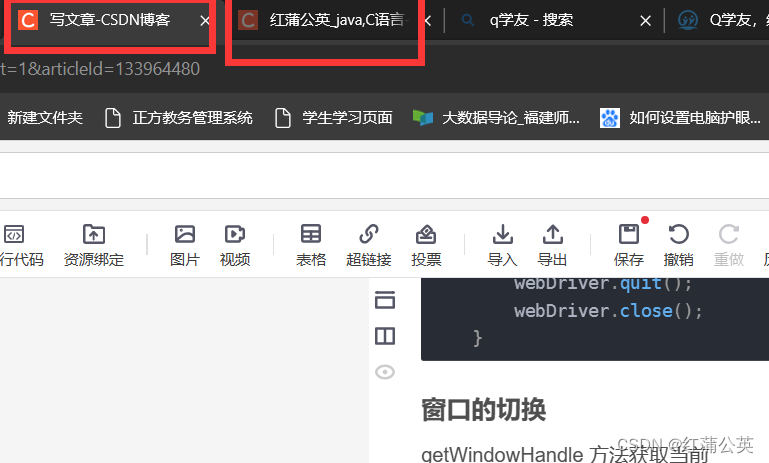本文分析了ida81对输入密码的验证流程,分别对输入密码到生成解密密钥、密码素材的生成过程以及文件数据的加密过程这三个流程进行分析,并尝试找一些可利用的破绽。很遗憾,由于水平有限,目前也只是有个思路未能完全实现,故分享出来抛砖引玉。
1
2
3
4
5
6
7
8
9
10
11
12
13
14
15
16
17
18
19
20
21
22
23
24
25
26
27
28
29
30
31
32
33
34
35
36
37
38
39
40
proc m4ZQu {password LZQjH} {
set ::maui::util::H6VeX ""
set ::maui::util::EL0BW [string repeat \\0 32]
package require tcltwofish
package require sha256
if {[string length $LZQjH] == 0} {
error "Unable to initialize encryption - missing essential data"
}
//1.展开payload 获取相关参数
if {[binary scan $LZQjH Ia16a32a64a32a* times iv passwordKey encryptedKey payloadIVsHash encryptedPayloadIVs] < 6} {
error "Unable to initialize encryption - header missing or corrupt"
}
//2.使用输入的密码计算sha256,然后根据迭代次数times加密passwordkey,最后计算结果的sha256
set iHcWR [a64bL $password $passwordKey $iv $times]
//3.取上一步中的后32字节
set BJvoG [string range [tcltwofish::decrypt $iHcWR $encryptedKey] 32 63]
//4.使用上一步中的结果作为key 循环times/64次 解密encryptedPayloadIVs
//这一步没有指定iv 实际过程为16个字节的0x00
for {set i 0} {$i < $times} {incr i 64} {
set encryptedPayloadIVs [tcltwofish::decrypt $BJvoG $encryptedPayloadIVs]
}
//5.获取32字节后的数据
set ZQpQw [string range $encryptedPayloadIVs 32 end]
//6.计算上一步结果的sha256,和预置的hash比对,一致则密码正确
if {[sha2::sha256 -bin $ZQpQw] != $payloadIVsHash} {
maui::d_RUj "Invalid payload password"
}
//7.使用第五步中的结果作为后续选取iv的数据
set ::maui::util::H6VeX $ZQpQw
//8.使用第三步中的结果作为密钥
set ::maui::util::EL0BW $BJvoG
}
在这个过程中,第一步需要的payload为4020字节,这是已知的。意味着可以获取到第六步中正确的hash结果。
而我在i9-13900K测试从随机生成输入密码到第六步验证hash整个过程,测试一个密码就需要0.045秒。所以手里有超算也不建议直接爆破。
1
2
3
4
5
6
7
8
9
10
11
12
13
14
15
16
17
18
19
20
21
22
23
24
25
26
27
28
29
30
31
32
33
34
35
36
37
38
39
40
41
42
43
44
45
46
47
48
49
50
51
52
53
54
55
56
57
58
59
60
61
62
63
64
65
66
67
68
69
70
71
72
73
74
75
76
77
78
//根据输入密码生成payload
proc yOZ7q {password {times 16000}} {
set ::maui::util::H6VeX ""
set ::maui::util::EL0BW [string repeat \\0 32]
package require tcltwofish
package require sha256
set BJvoG [qA4kM 32]
set passwordKey [qA4kM 32]
set ZQpQw [qA4kM [expr {16 * 256}]]
set payloadIVsHash [sha2::sha256 -bin $ZQpQw]
set encryptedPayloadIVs "[qA4kM 32]$ZQpQw"
for {set i 0} {$i < $times} {incr i 64} {
set encryptedPayloadIVs [tcltwofish::encrypt $BJvoG $encryptedPayloadIVs]
}
set iv [qA4kM 16]
set iHcWR [a64bL $password $passwordKey $iv $times]
set encryptedKey [tcltwofish::encrypt $iHcWR "[qA4kM 32]$BJvoG"]
set LZQjH [binary format Ia16a32a64a32a* $times $iv $passwordKey $encryptedKey $payloadIVsHash $encryptedPayloadIVs]
set ::maui::util::H6VeX $ZQpQw
set ::maui::util::EL0BW $BJvoG
return $LZQjH
}
//生成随机数据
proc qA4kM {length} {
set YKL8w ""
if {[RLPut unix]} {
foreach xML4B {/dev/urandom /dev/random} {
if {[catch {
set WyLEv [open $xML4B r]
fconfigure $WyLEv -translation binary
set YKL8w [read $WyLEv $length]
close $WyLEv
}]} {
catch {close $WyLEv}
} else {
break
}
}
} else {
}
if {[string length $YKL8w] != $length} {
incr length -[string length $YKL8w]
while {$length >= 2} {
append YKL8w [binary format S [expr {int([maui::util::rand] * 0x10000)}]]
incr length -2
}
if {$length > 0} {
append YKL8w [binary format c [expr {int([maui::util::rand] * 0x100)}]]
}
}
return $YKL8w
}
proc rand {} {
if {[maui::util::RLPut "windows"] && [info commands ::bitrock::secure::rand_s] != ""} {
if {[catch {
set r [::bitrock::secure::rand_s]
} V77Ls]} {
maui::util::debug "failed to call rand_s: $V77Ls"
set r [expr {rand()}]
}
} else {
set r [expr {rand()}]
}
return $r
}
继续分析输入密码的时生成payload的算法,根据安装密码生成payload的过程中,很多数据包括最后解密数据用的密钥BJvoG也是随机生成的,如果这部分随机数生成流程能复现那也是可以破解的。仔细看随机数的生成,已经排除了以前的LCG随机数生成算法,换成了更安全的,前后状态无影响的方式,linux或unix下用/dev/random或者/dev/urandom,windows下调用rand_s。
1
2
3
4
5
6
7
8
9
10
11
12
13
14
15
16
17
18
19
20
21
22
23
24
25
26
27
28
29
30
31
32
33
proc MmyBM {compressionAlgorithm command data} {
if {[catch {
//1.压缩数据
if {($compressionAlgorithm == "lzma") || ($compressionAlgorithm == "lzma-ultra") || ($compressionAlgorithm == "lzham") || ($compressionAlgorithm == "lzham-ultra")} {
set data [eval [concat $command [list $data]]]
} else {
set data [vfs::zip -mode compress -nowrap 1 $data]
}
//2.1 前面添加四个字节的长度,然后末尾补全32的倍数
//2.2 前面添加32字节的随机数据
set data [qA4kM 32][UOijU $data 32]
//3.在H6VeX中截取16字节的iv
set PG2JA [expr {int([maui::util::rand] * 0x100)}]
set iv [string range $::maui::util::H6VeX [expr {$PG2JA * 16}] [expr {$PG2JA * 16 + 15}]]
//4.计算crc32
set hbA8n [format 0x%08x [expr {[zlib crc32 $data] & 0xffffffff}]]
//5.使用EL0BW中的数据作为key 加密
set data [tcltwofish::encrypt $::maui::util::EL0BW $data iv]
//6. 前面填充四个字节的crc32以及选取iv的位置,共加了五个字节
set YKL8w [binary format Ica* $hbA8n $PG2JA $data]
} V77Ls]} {
set ykaki $::errorCode
set qXoNi $::errorInfo
maui::util::debug "encryptPayload: error encrypting: $V77Ls"
error $V77Ls $qXoNi $ykaki
}
return $YKL8w
}
1
2
3
4
5
6
7
8
9
proc UOijU {data DeSRF} {
//1. 将四字节的长度添加在数据前
set data [binary format Ia* [string length $data] $data]
//2. 计算末尾添加padding的长度
set add [expr {($DeSRF - ([string length $data] % $DeSRF)) % $DeSRF}]
//3. 生成随机padding并附加在末尾
append data [qA4kM $add]
return $data
}
再看看文件数据的加密流程。从上面的脚本中,可以看到加密前的数据结果为 32字节随机数据+4字节数据+$data+最后补全32字节的padding 然后使用twofish进行加密。而twofish是分组加密算法,所以加密过程就是下面这样的
通过在前面添加32字节的随机数据,猜测是为了避免明文攻击。因为很多文件前面都有固定字节的数据
比如sqlite3数据库的前16字节固定为SQLite format 3\x00,在ECB模式下,相同密钥加密任何sqlite3数据库的前16个字节都是一样的。所以衍生出了CBC模式,在每个分组加密之前用iv或者上一个密文分组异或明文以产生不一样的数据。
然而,这个例子中前面32个字节的随机数的使用却颇有点画蛇添足的味道。
再回头说说有哪些明文,从脚本可知加密的第三个分组前四个字节为加密数据的长度。在安装过程中会生成installbuilder_installer_{random}.log文件,统计生成的文件数。
在hook解密函数的过程中也发现了同样数量的加密数据,而这些数据中最小长度为0x000012a0,最大为0x00040060。所以这1212个文件在相同的密钥解密之后的前四个字节肯定是00 0x xx xx。如果能将每段加密数据对应到具体的文件,可能还会有更多的明文信息。
综上所述,根据解密的tcl安装脚本共分析了三种破解思路:
另外,ida安装脚本中的twofish算法来源于https://github.com/rageworx/libtwofish
